Geographic Evidence that Gun Deaths are Cultural
GIS systems definitely disprove the "it's the guns" narrative.
(this article was originally published on Medium December 22, 2019, but was republished in print form for RECOIL Magazine, issue 50)
I was recently pointed to a pretty amazing Geographic Information Systems (GIS) project hosted by The Oregonian, which uses CDC data and population rate data to determine the gun death rate, gun homicide rate, and gun suicide rate within the country on a county by county basis. They used data from 2004 through 2010 to have enough data to apply meaningfully to counties with sparse populations. Here’s the interactive website, where you can zoom in to any area of the country. You can go to the website itself and zoom in or around any of the screenshots in this article.We should talk about these maps. Deaths are expressed as rates per 100,000 population, and above average rates are red, while below average rates are blue.
The first map shows big swaths of red in the generally “red state” areas of the country, and most of the social media dialog I’ve tracked on these maps boils down to red-state political bashing and gun bashing. But there are very important things to be gleaned from the following two maps, which dis-aggregate the deaths by homicide and suicide.
Gun suicides account for about two thirds of gun deaths, so this map is going to look generally like the first one. No huge surprises here. But there are many regions red in the “deaths” map that flip blue in the “suicide” map, and the reason why is clear when you look at the “homicide” map, here:
Look at the differences in these last two maps.
We hear a lot of banter from the “anti-gun” media that these problems are gun problems, and they’ve concocted this “gun deaths” number in order to lump these into the same problem and gloss over the differences. But if the problem were “guns,” then the hot spots on the suicide map and the hot spots on the homicide map would coincide, and would be related to gun ownership rates. There are only a few places where they overlap. Most of the hot zones for suicide have low homicide rates, and most of the hot zones for homicide have low suicide rates. The difference is stark. Let’s zoom in.
Gun suicide is a California problem north of Sacramento. Gun homicide is a problem south of it. There’s basically a geographic boundary that runs through Reno, Sacramento, and San Francisco where suicides are a problem to the north, and homicides are a problem to the south. I hear it’s nice in San Diego, and these maps confirm it.
Washington State has generally low homicide rates and suicide rates, outside of a stretch along the Pacific coast. But anyone who’s driven through Washington State knows that the character of the land, and the people, shifts around Spokane and starts to align more with the sorts of folks you meet in Idaho, Montana, and Wyoming. Here gun homicides start to drop and approach zero, while suicides jump into the highest per-capita category. The exact same effects can be seen when you finish your drive eastward and land in Minnesota and the Great Lakes states:
Minneapolis has rates of both that equate to central and western Washington, and also has similar demographics. But once you get off into the rural areas to the north and east such as Michigan the gun suicide rates jump significantly and the gun homicide rates crater to zero. It’s obviously not “the guns” there either. The difference in Michigan is tremendous, look at this:
There is basically a horizontal map line at 44 degrees latitude that bisects the peninsula, north of which we have zero gun homicide and lots of gun suicide, and below which we have.. ..Bay City, Flint, Detroit, etc. It’s not the guns here.
Look at Maine and Vermont:
Gun homicide rates are generally homogeneously low across New England, but gun suicide rates spike in Maine. And gun homicide rates crater in northern Vermont and southeastern Maine, where suicide rates are high.
Check out Pittsburgh:
The counties to the east and north of Pittsburgh fit together like a puzzle piece. There’s a geographic boundary, right down the Allegheny river where the problem flips in Parker PA. Other rivers mark similar boundaries. It’s uncanny. Maryland, DC, and Virginia:
Gun homicides in DC and Baltimore are high, suicides are low. Drive west and it flips. Drive south and it flips too, at least until you get to Richmond, after which time it flips back. The stretch from Richmond to Norfolk and Virginia Beach is high homicide, low suicide.
West Virginia is kind of a mess.
Look at the south overall:
This pattern we see of hot red zones in suicide flipping to blue zones for homicide, and visa versa, happens all across the south. The Mississippi Valley is a great example — very hot on homicide all through the stretch, but only a few hot pockets for suicide. Shreveport sorta sucks because Shreveport, but your major metro areas such as Houston, Dallas, and Atlanta have the now familiar inversion — high homicide low suicide, surrounded by areas with the opposite trend. Central and South Florida is another example of this near puzzle piece behavior in the mapping:
How Do We Explain Homicide?
How on earth is any of this possible? It certainly doesn’t fit the “it’s the guns” narrative. If it were “the guns,” then these hot spots would mostly overlap. There are a few overlaps (sorry Shreveport, sorry Coal Country) but most of the country exhibits the exact opposite behavior than we would expect from the “it’s the guns” hypothesis.
Let’s dig a bit. We pointed out over a year ago in our “solutions” article that the main problem with homicide, demographically speaking, was within the black community, and the rate numbers for this are outrageous:
Rates in the maps above are red/blue, rates in this bar chart are yellow. Black male firearm homicide victimization rates are 35 times that of white women. They’re the ones getting shot. How does that match our maps above? Here’s a rust belt comparison for homicide:
The second image here is from the Racial Dot Map, from the Cooper Center at the University of Virginia. It is also interactive, and allows you to zoom around. Green dots in the second map are black folks. This is relatively self explanatory, and fits with the overall demographic rates expressed in the bar chart above. Gun homicide in the United States is largely a poor black problem. Characterizing it as an urban problem would not be correct, however, and you can see why in Mississippi:
A lot of green east of the Mississippi River, not a lot of big cities. (This is easier to see at the website itself, go try it) This is not an urban black problem, it’s a poor black problem.
At this point, we’re inclined towards a simple explanation. Poor black folks have a gun homicide problem, while poor white folks have a gun suicide problem. And I think that’s generally accurate, but I think we can drill further on that.
How Do We Explain Suicide?
The gun suicide hot zone begins in the west half of Virginia, stretches through Appalachia, Kentucky, Tennessee, Oklahoma, and then makes a bit of a downward turn into Texas. Like an arc. There are plenty of poor white folks outside of Savannah GA, Tallahassee FL, much of South Carolina, and in other pockets of the deep south that are poorly populated and have below average suicide rates. But the states of Kentucky and Tennessee are basically a wall of red in the suicide map outside a couple of metro areas. As a southerner myself, I’m reminded that there are really two kinds of “The South,” the Appalachian South, and the Deep South, which have different cultural character because of who settled them.
Now look at Colin Woodard’s work on “The 11 Nations of America” The correlation with his map is uncanny:
The break between systemic firearm suicide and sporadic firearm suicide within the south is almost directly foretold by the boundaries between Greater Appalachia and the Deep South. The line where it begins in Virginia and North Carolina is right at the boundary between Greater Appalachia and the Tidewater. Let’s look bigger picture:
The eastern boundary of firearm suicide down the central spine of the country follows almost directly the boundaries of “The Far West” in Woodward’s map. What was he on about, when he cooked up this map?
We spoke about it once before, in our HWFO plan to divide the country up into Football Conferences and let us resolve our governmental disagreements on the grid iron:
I might hastily and sloppily summarize his thesis thusly. Different regions of the country abide by vastly different value structures, purely because of who landed where on boats, and from which regions those boats sailed, for whatever reasons. Each landing zone carried with it a specific bundle of genes and indoctrinations that spread westward as those colonies did what colonies do, that being colonizing, carrying those genes and indoctrinations with it. And he thinks you can identify where the regions exist today, by running voting patterns through a Geographic Information System (GIS) software package, which would then spit out the map above.
Put even more hastily and sloppily, gun homicide and gun suicide are behaviors, and behaviors are functions of culture. More recently, Mr. Woodward graced Medium with a look specifically at the DNA components of this map. Literal genetic differences:
And that is an aspect of the firearm deaths debate very few people have touched, or are willing to touch. Are rural whites in Kentucky more genetically predisposed to suicide than rural whites in South Carolina?
Studies in the academic communities do seem to indicate a link between genes and suicide. How explanatory that genetic link is for firearm suicide rates is, as far as I’m aware, totally unstudied. I categorically refuse to speculate, because the implications of that sort of thing would be vast, and could be seriously misused by political actors with questionable intent.
What I can say, from grinding on these maps for several days, is that “gun deaths” as defined are a deeply cultural problem, and only slightly (if at all) related to gun availability. Not just for homicide, but for suicide as well. Further, the cultural and genetic makeup of our country is so different than other countries, that comparisons between them and us are simply not viable.
Most importantly, in a country where firearms are never going to be magically evaporated, with a guns per capita rate far beyond the saturation point of easy availability, we must seek cultural solutions to cultural problems, and medical solutions to genetic ones.




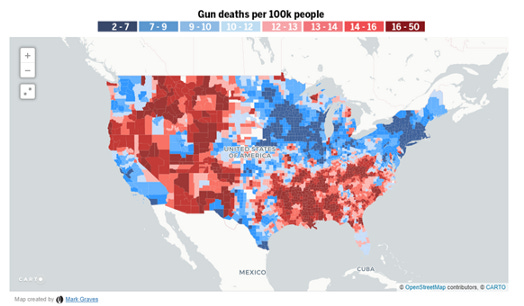
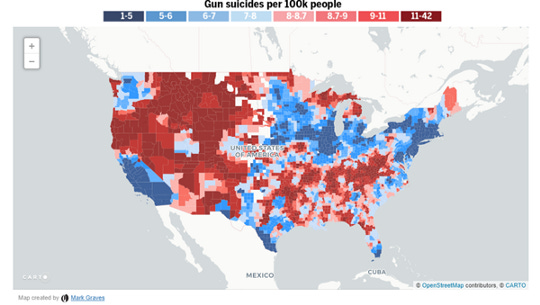
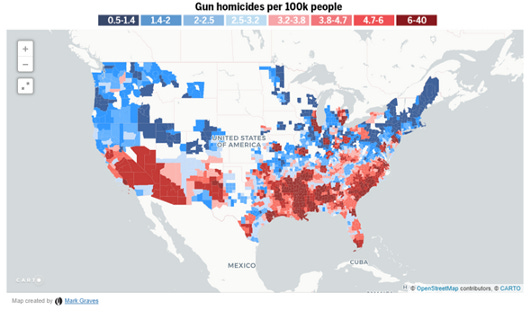

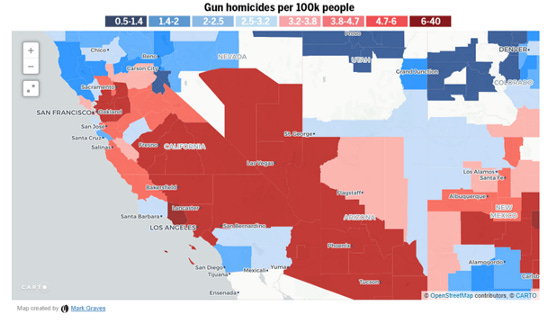
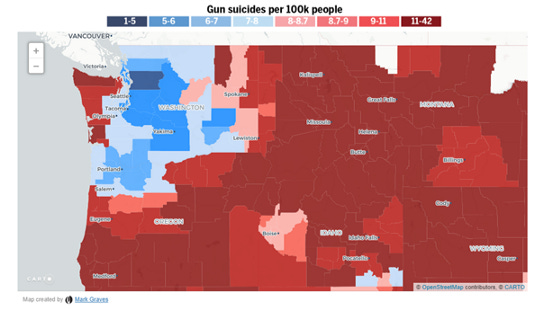

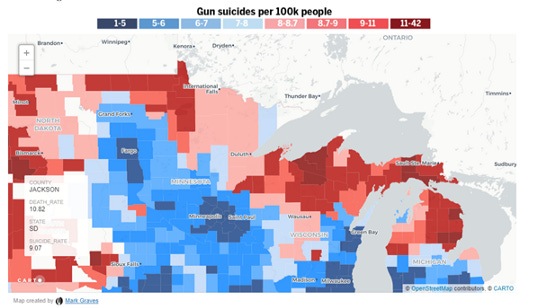

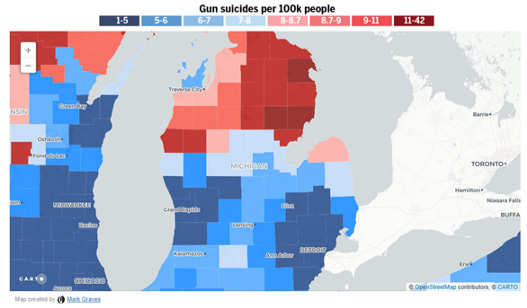
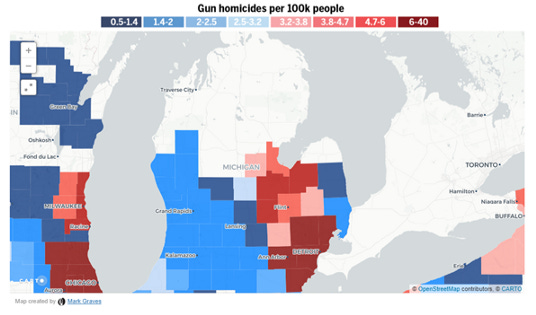



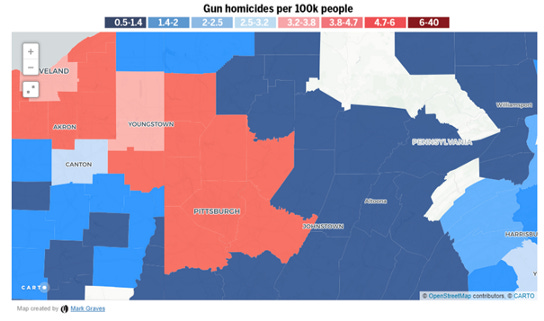


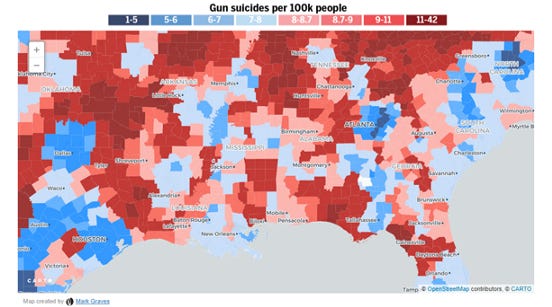
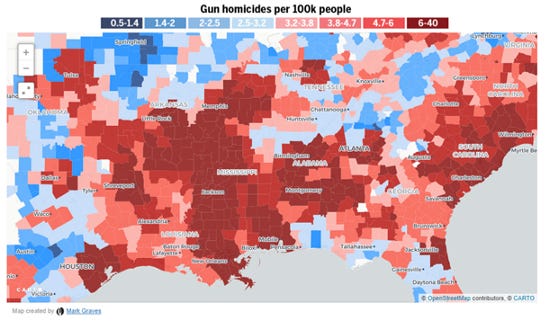

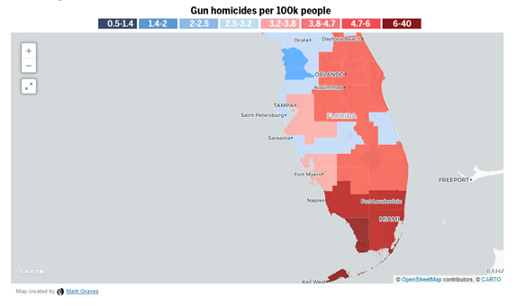
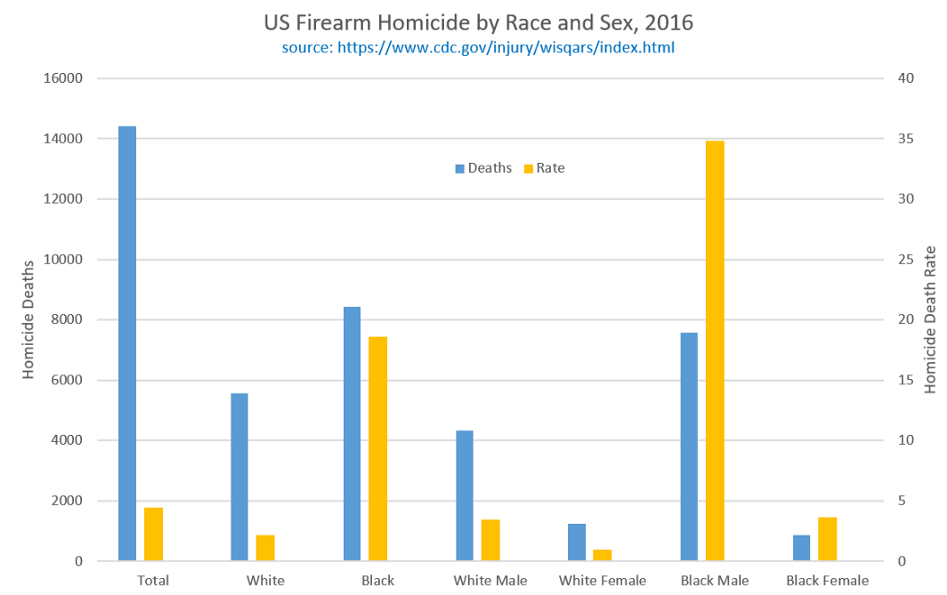

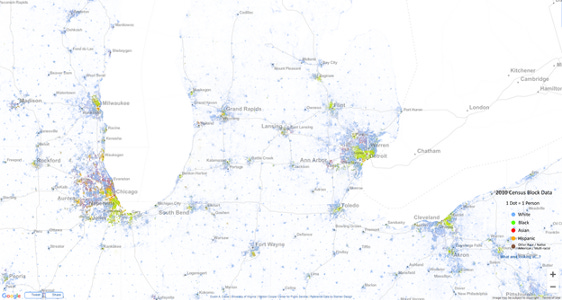

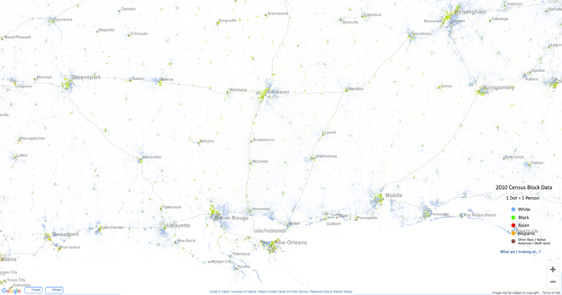
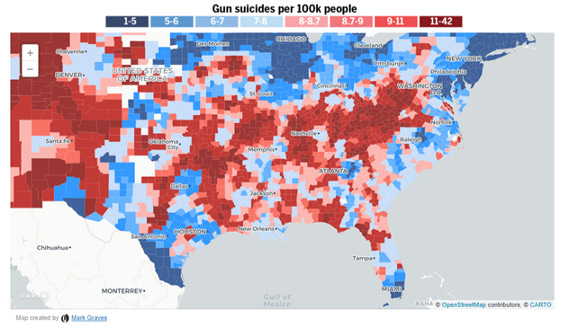
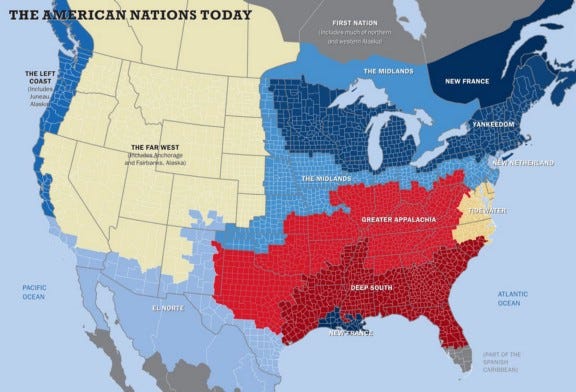
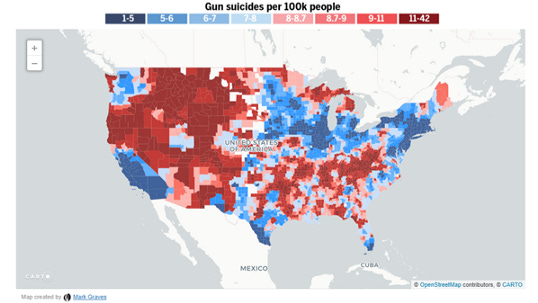
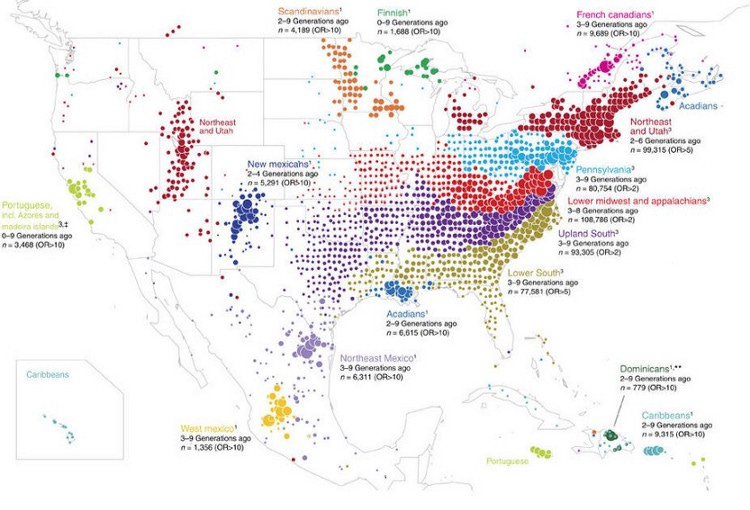
This is fascinating. Much to ponder. Thanks for sharing.